Alan Wake 2 hands-on: Scarier than the first game, even trippier than Control, and a bold new direction for Remedy
Preview | I played three hours of Alan Wake 2 and left feeling confused and terrified in the best possible way.
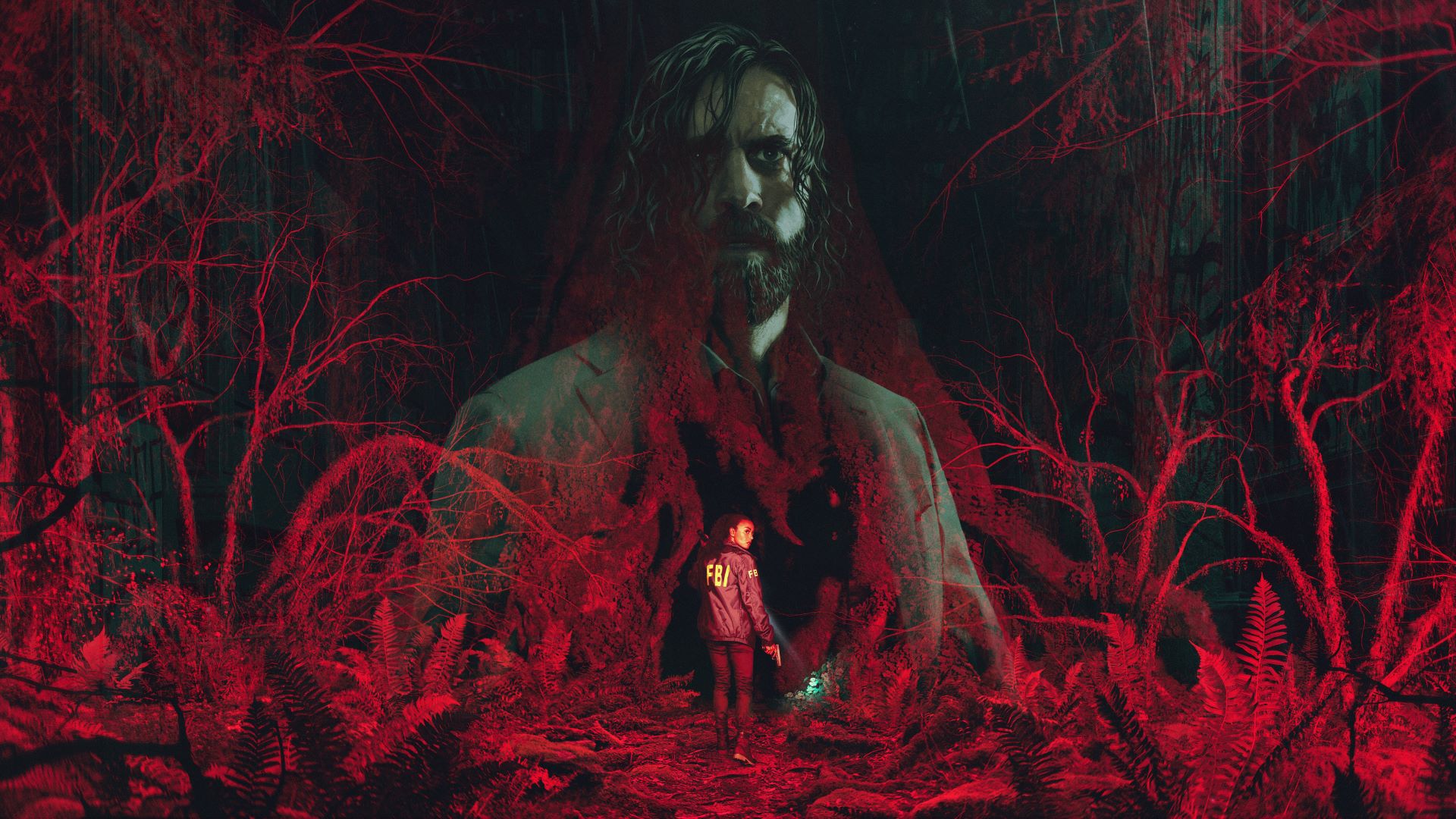
Repeatedly dying over the course of my Alan Wake 2 hands-on preview taught me to forget everything I learned from the first game. The amount of times I died in just three hours made me approach this sequel in a more studious manner, take my time lining up headshots to conserve precious resources, and experiment with the game's systems in order to successfully navigate its shape-shifting, labyrinthian world.
This is Remedy unleashed, a passion project from developers emboldened by the success of their wackiest ideas from earlier games, particularly 2019's Control. In fact, after playing Alan Wake 2, Control seems comparatively restrained, as if it were a mere stepping stone - albeit, a brilliant one - to something even more bold, mind-bending, and mysterious.
"Control was pretty crazy," creative director Sam Lake tells me. "And we were uncertain while making it how it would be received, but it's proven to be a big success. And I feel that from that angle there are audiences for that these days. I think that popular culture overall has evolved so that things that would have been very niche a decade ago, these days are embraced by the mainstream audience… Control gave us the confidence that we can create an experience that really, really excites us."
Screamquel
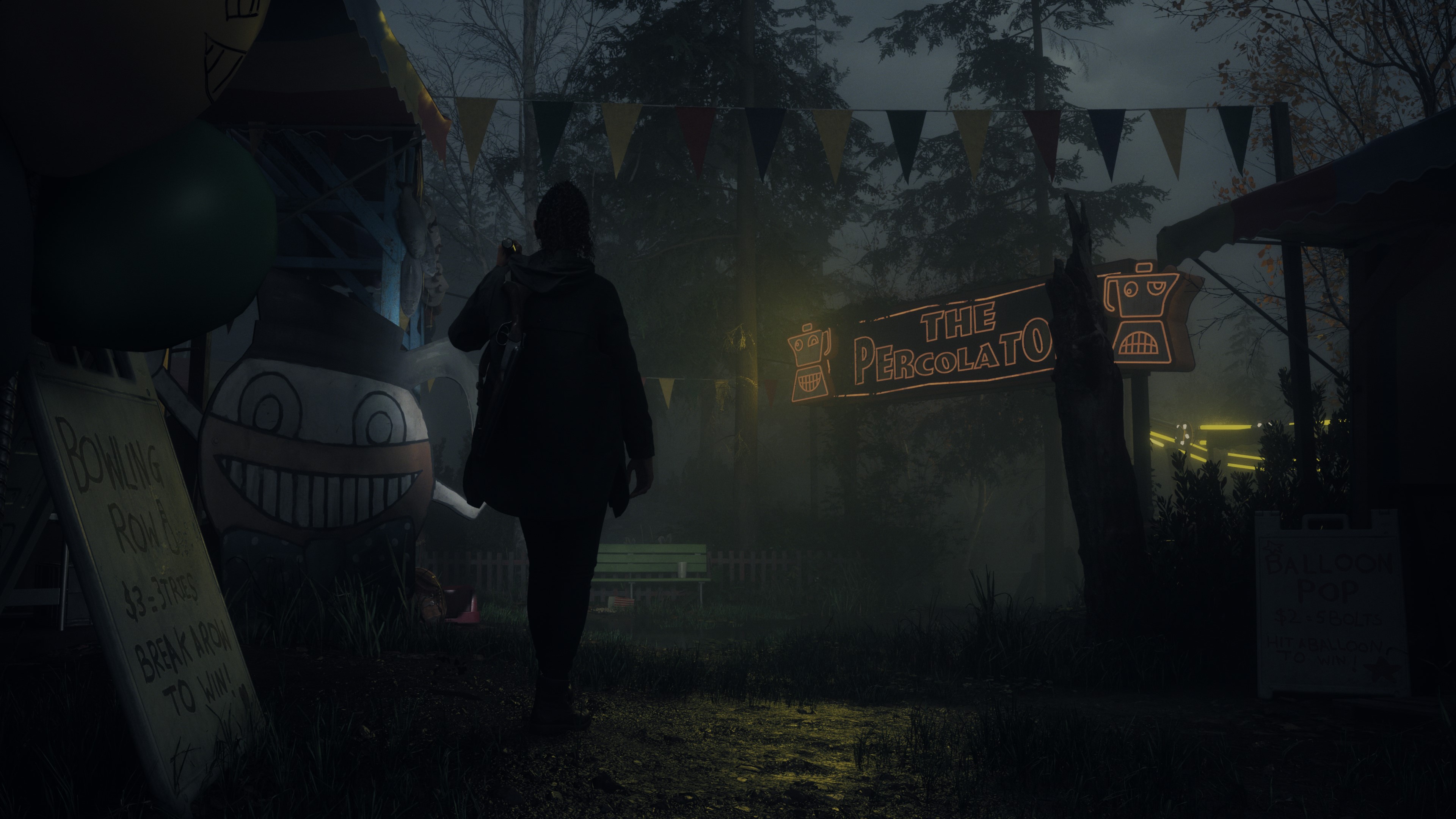
Apparently, one thing that excites Remedy is full-on, no holds barred survival horror. Make no mistake, Alan Wake 2 is scary as all hell. Compared to the first game, enemies are more dangerous, resources are more scarce, and there's a slower-paced, dread-inducing, and downright oppressive atmosphere that lingered from the start of my gameplay session right to the very end.
Threats would surface when I was most disoriented and ammo-starved, resulting in breathless races to safe rooms that reminded me of being stalked by Lady Dimitrescu in Resident Evil Village or Mr. X in Resident Evil 2. Monsters attacked me from near and far simultaneously, forcing me into desperate dances for survival.
Almost all of the combat encounters kicked my ass, a hard-earned lesson that there's a whole new playbook to work with here. There are fewer enemies in each group and they appear less frequently, but they require a good deal more strategy than in the first game.
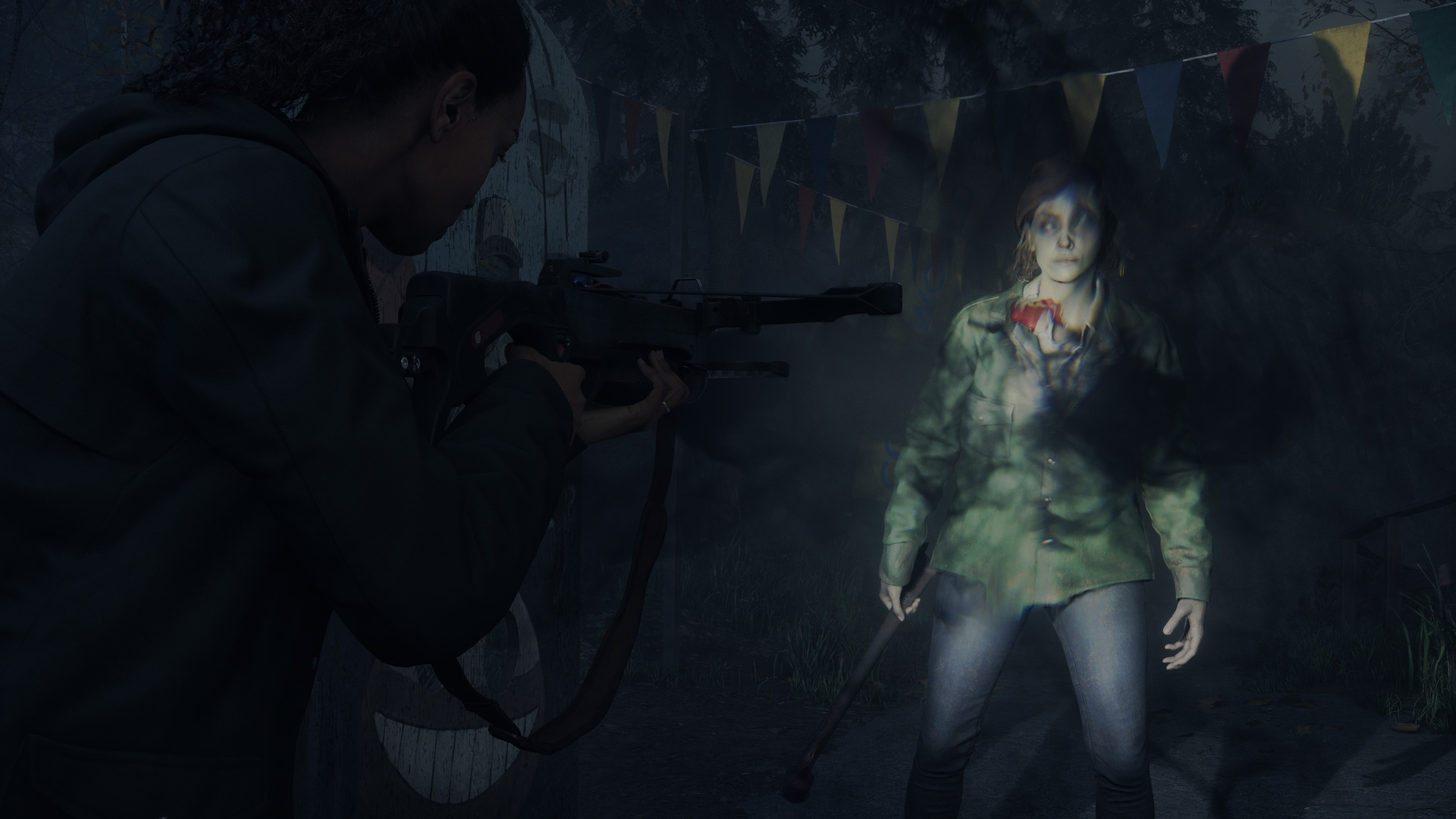
The Resident Evil inspiration is perhaps most evident in Alan Wake 2 here, as enemies dart around and lurch forward in attack unpredictably, triggering knee-jerk responses of varying accuracy, their guttural cries adding an extra, semi-conscious layer of stress to the scene.
Weekly digests, tales from the communities you love, and more
You can slow enemies down by shooting them in the legs, or go straight for the head if you're confident enough that you won't miss and risk taking damage while reloading, which takes an excruciatingly realistic amount of time. Your flashlight is effective at stunning enemies and draining their shields, but only when you have battery power to spare, which is about half of the time in my experience.
Chapter 1
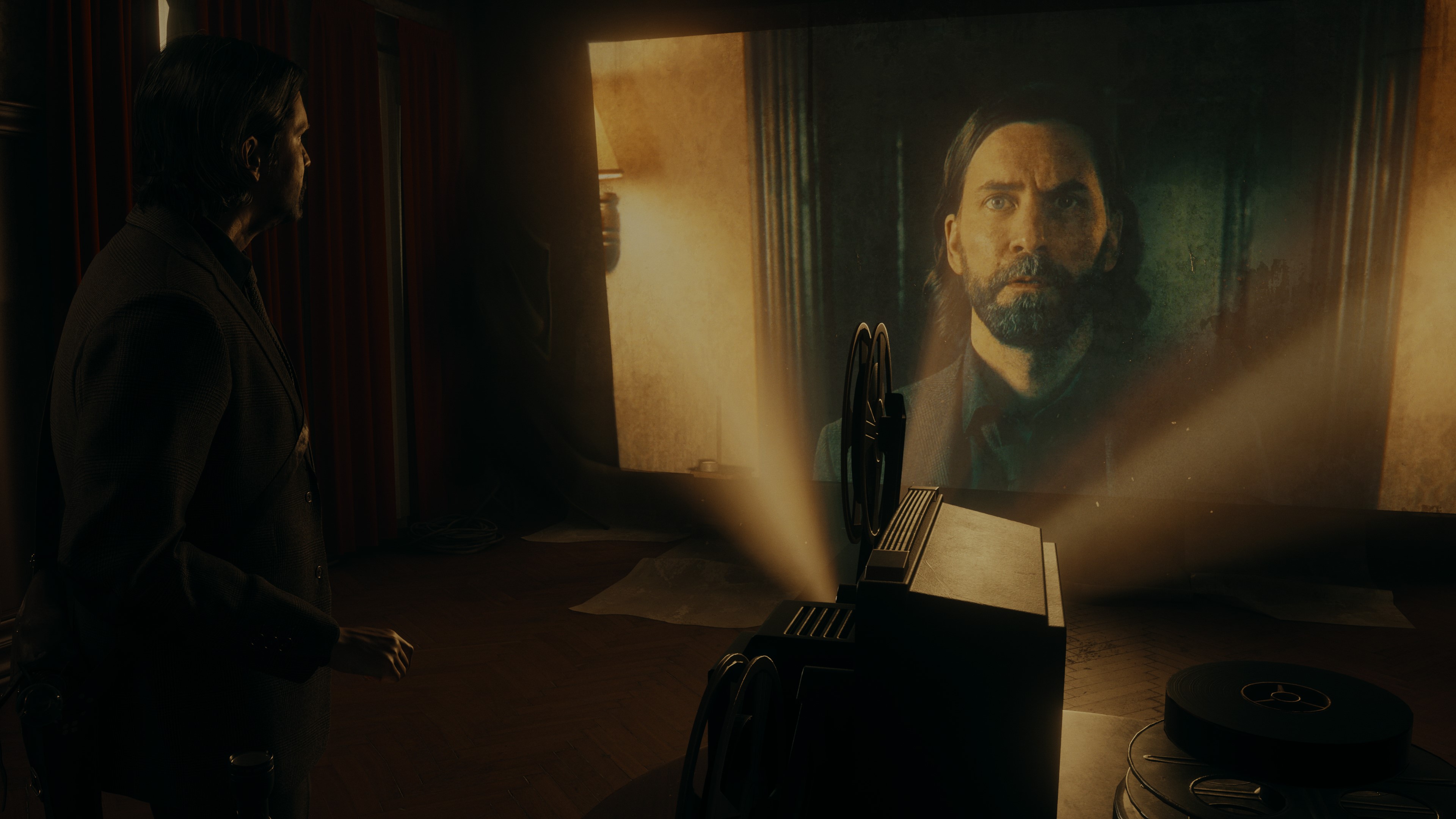
Despite the increased challenge, Alan Wake 2 was designed from the very beginning to be a starting point for the series. Yes, it's the first full-length game in the Remedy Connected Universe, bridging together the worlds of Control and Alan Wake. And yes, it's absolutely littered with clever references to earlier Remedy games. But even so, Lake tells me it's a great game to go into blind without any knowledge of the studio's body of work.
"It is very much a starting point," he says. "And our thinking is that, even if it's called Alan Wake 2, it needs to be approachable, it needs to be something that players who have never played any previous Remedy game can understand, follow, and be excited about."
"There are a ton of elements that connect to Control and Alan Wake, but it's been built in a way where you learn what you need to learn for this experience. Maybe you will lose some references or connection points, but that's not really on the critical path. It's kind of there if you explore. So the starting point for this was to create an experience that can be played independently."
New beginnings
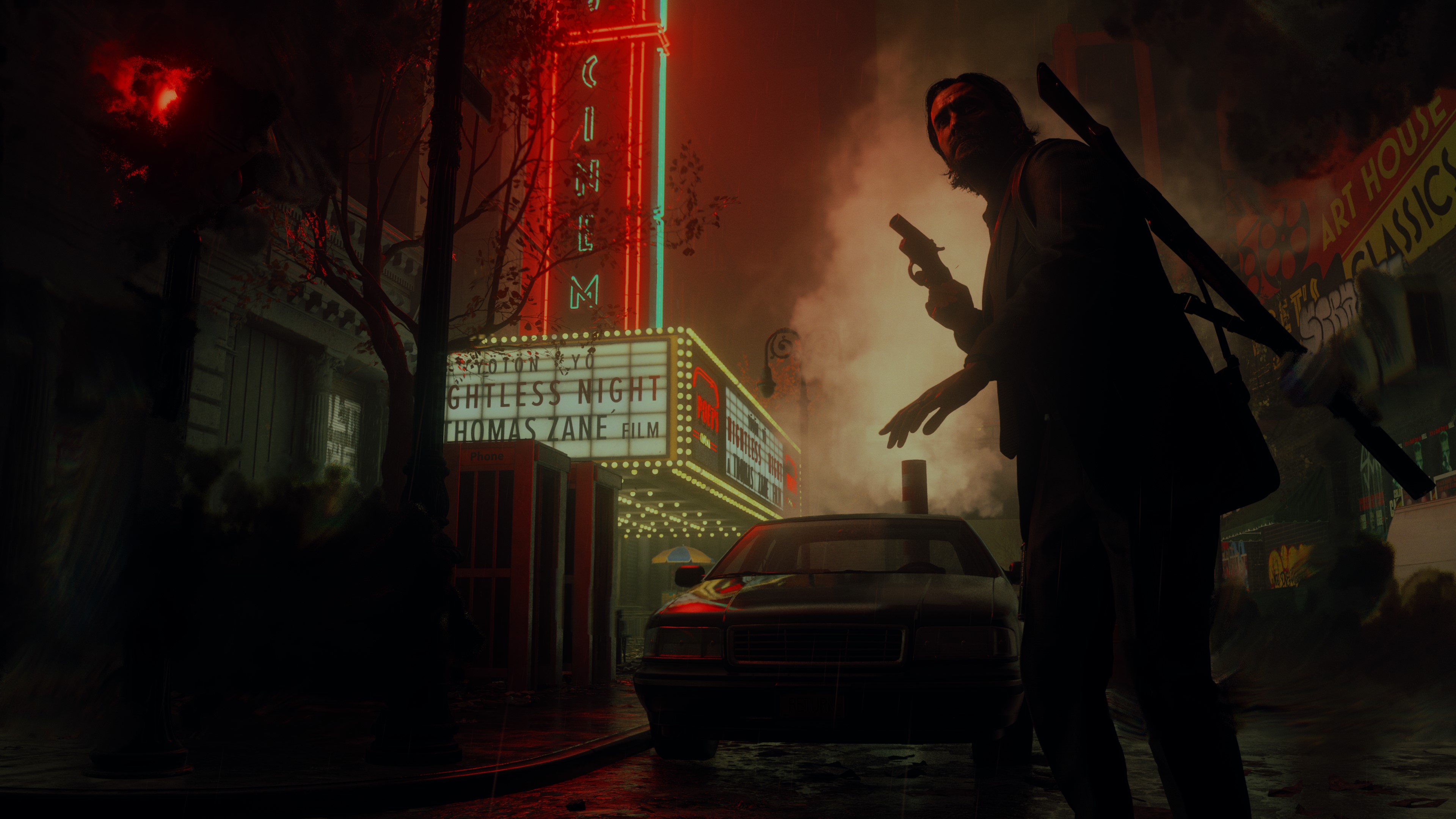
My introduction to Alan Wake 2's gameplay was in the shoes of newcomer protagonist Saga Anderson, an FBI detective investigating a string of recent murders tied to a cult. Despite stepping into the shoes of an unfamiliar hero, it's during this early chapter in the quaint Pacific Northwest town of Watery that Alan Wake 2 felt most like a sequel to the first game, although one with a decidedly less linear design and some nifty new mechanics.
Here, I was able to leisurely explore the fog-covered, waterside village and chat with an assortment of Finnish settlers, enjoy a stirring performance of The Finnish Tango by Ahti, the enigmatic janitor from Control, and track down a lead from the quirky Koskela brothers. My next task was to hike through a large, non-linear forest in search of a local theme park called Coffee World, where I was told I'd find keys to a mobile home I had no recollection of owning. Once there, I pieced together a few visual puzzles, fought off a few bad guys, and unlocked a safe with the keys I was looking for.
Despite new features like The Mind Place, a sort-of mental palace where you can profile people you've met, review clues, and upgrade your weapons - not to mention the less linear, semi-open world design and aforementioned survival horror elements - this section very much felt like an evolution of the Alan Wake I already know and love. The uncanny Pacific Northwest atmosphere, the moving from set piece to set piece in search of literal keys, the slowly unravelling mysteries. Even the sudden shifts from feeling safe and serene to fighting for my life using my trusty flashlight reminded me of playing the first game, but bigger, more detailed, and more modern.
Not in Brightfalls anymore
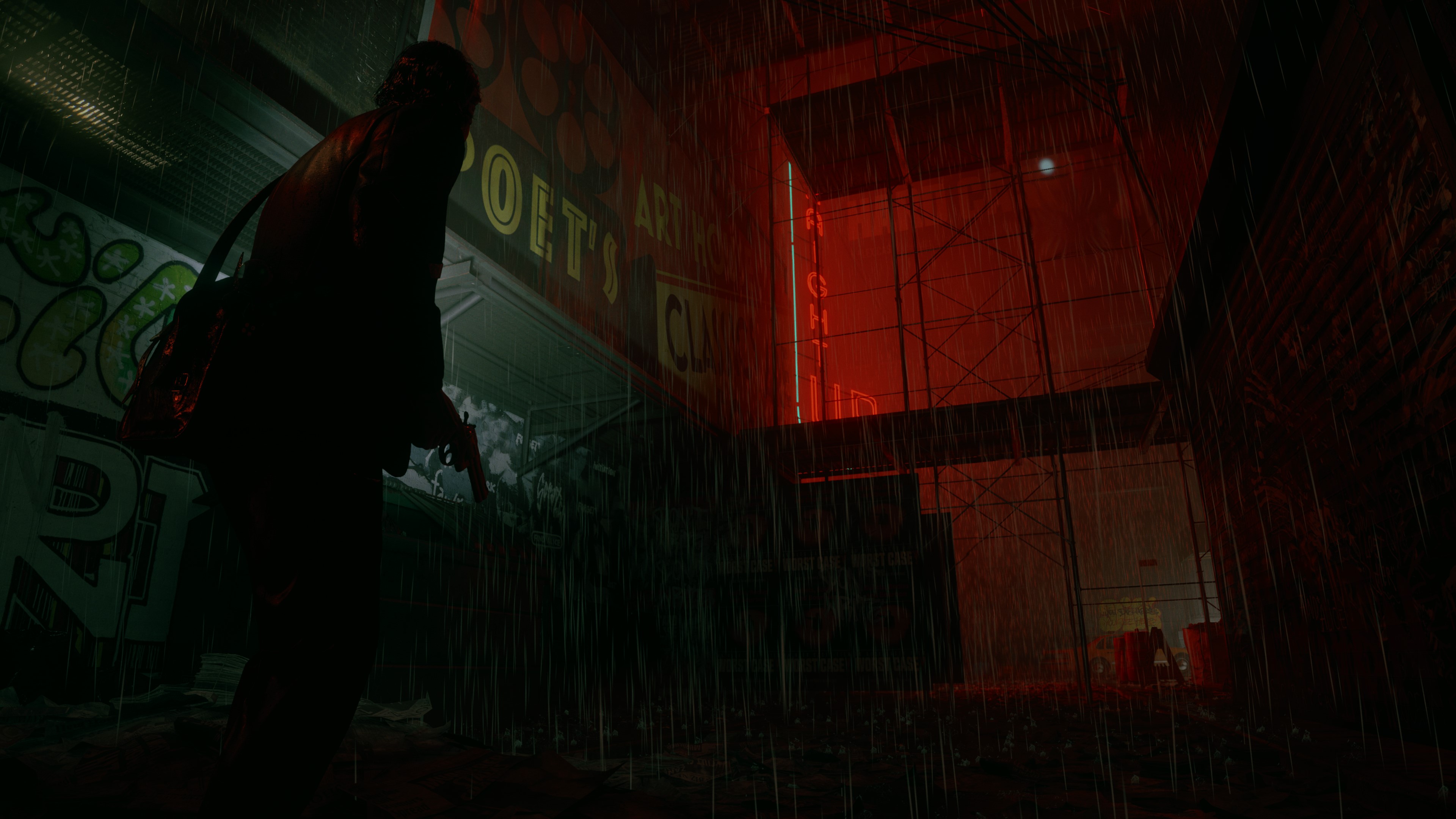
It wasn't until I started playing as Alan that I realized just how much of Control's DNA is present in Alan Wake 2 and the degree to which it shakes things up. In this chapter, Alan is trapped in a fictional version of New York City known as The Dark Place, and he's trying to find his way out. Immediately, nothing about my surroundings was familiar; a dark, concrete jungle where my only points of navigation were obscured neon signs pointing toward the main mission, and graffiti with cryptic and ominous messages.
Even my flashlight had a whole new purpose. It could still be used to blast away enemy shields, but it was now more crucially a tool for unlocking new areas of the map and progressing through levels. Using it near light sources absorbed that light energy and released it somewhere else, dramatically changing the environment and opening brand new pathways to track and backtrack.
We've seen the precursors to this mechanic throughout Alan Wake and Alan Wake's American Nightmare, but put into practice in Alan Wake 2, it adds a whole new dimension, literally and figuratively. For example, in my hands-on preview, I found myself doing a lot of light-swapping and back-tracking, which inevitably forced me to confront waves of enemies I'd evaded before, this time with less ammo, adding a heap of tension and challenge in simply exploring the Dark Place.
I was always begging that whatever path I'd chosen was the right one. If I ended up in another dead end, it could mean having to fight off more enemies, expend more resources, and very possibly die and start over from the last checkpoint.
Compare that to the first Alan Wake, in which mobs of easily disposable enemies appear frequently along a strictly linear path, and you'll see what I mean about the profound influence of Control's reality-bending design on Alan Wake 2's gameplay. In my limited experience, there was no progressing through each level without exploring every nook and cranny by necessity alone.
A bright future for a dark world
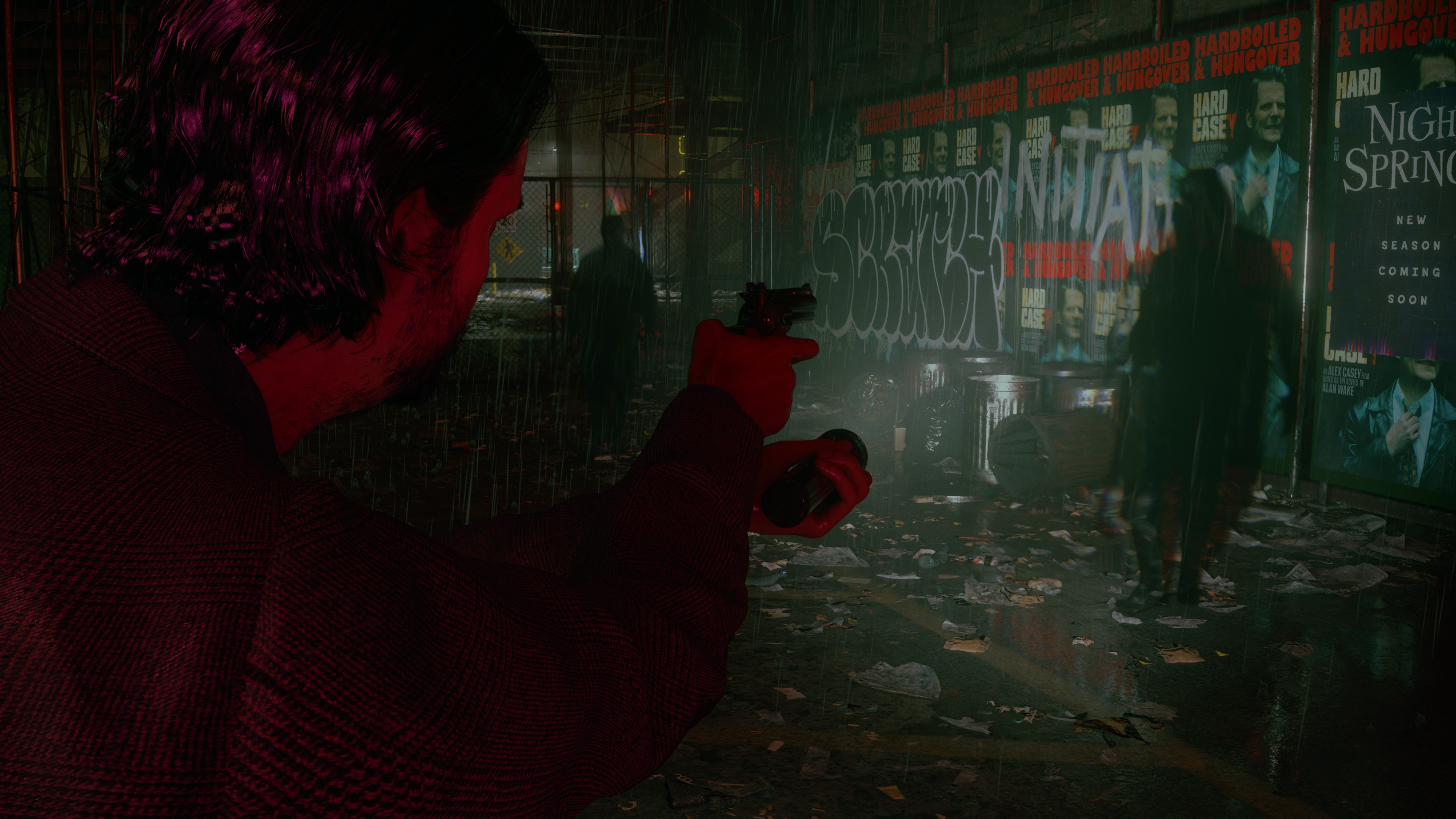
It's also in this chapter that I felt most scared playing Alan Wake 2, not only because every struggle with the Dark Place's inhabitants put me through the ringer and drained more resources, but also because I could never be sure what was waiting for me around the corner I couldn't even see yet.
Yes, I felt vulnerable and under-armed as I often do playing Resident Evil or Silent Hill. It's also true that thinking through cryptic puzzles was a lot more stressful with menacing foes drawing ever closer. But the bigger reason Alan Wake 2 scared me is for fear of what's to come. It was very clear in my time with the game that The Dark Place has earned its ominous title and that what bewildering horrors I had experienced were only skin deep; that something much more monstrous lives at the deep end of this murky, interdimensional lake.
The two chapters of Alan Wake 2 I played seemed purposefully curated to create the impression that, a) This is very much still an Alan Wake game in its tone, atmosphere, and story, and also b) It's not afraid to take risks. This is a bold new direction for Remedy that'll surprise and challenge the way you approach and think about it, and for me, that spells interesting things to come not only from the Alan Wake franchise, but from the Remedy Connected Universe it's ushering in.

After earning an English degree from ASU, I worked as a corporate copy editor while freelancing for places like SFX Magazine, Screen Rant, Game Revolution, and MMORPG on the side. I got my big break here in 2019 with a freelance news gig, and I was hired on as GamesRadar's west coast Staff Writer in 2021. That means I'm responsible for managing the site's western regional executive branch, AKA my home office, and writing about whatever horror game I'm too afraid to finish.


